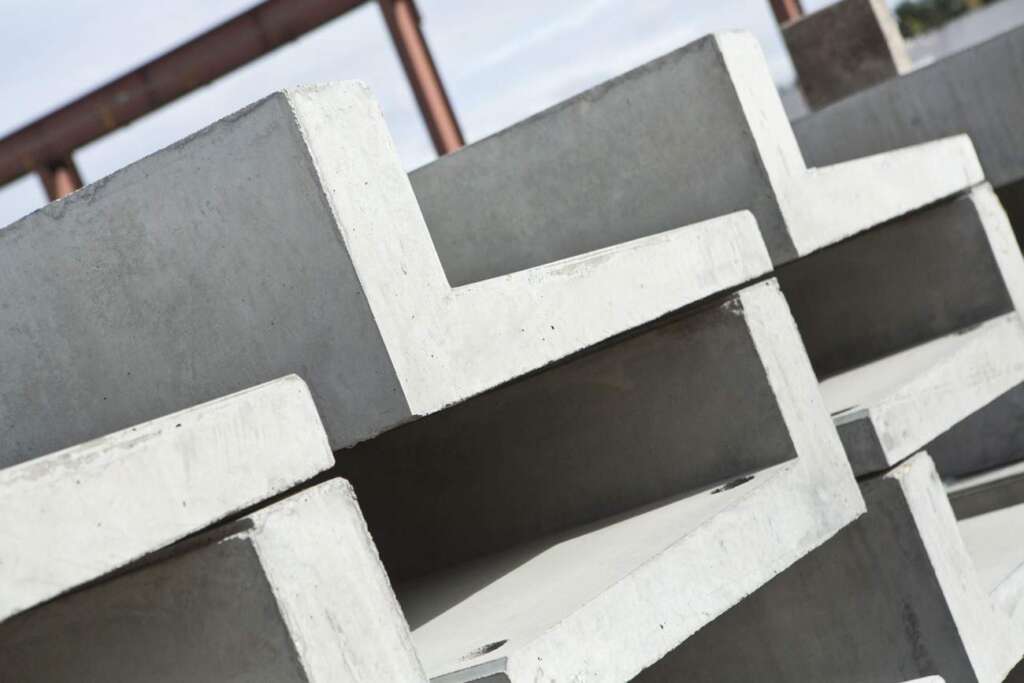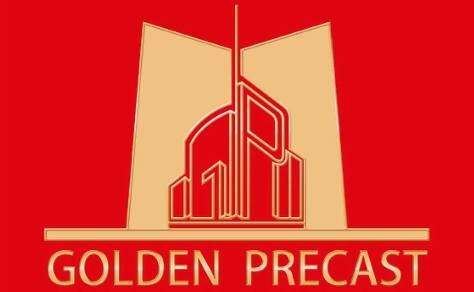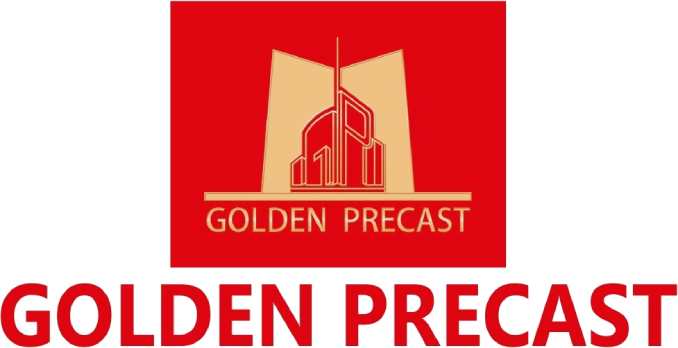About Us
We Do Great Works For Great Clients.


For the very first time, we are a leader in new innovative systems for the building industry and new material science, specializing in delivering innovative architectural solutions and leveraging modern methods of construction and modular fabrication to deliver high-performance residential and commercial product solutions.
How We Work
Design
Precast’s many advantages are best incorporated into a project when an experienced precast designer is used from an early stage in the process.
Manufacture
Precast concrete products are manufactured in specially-equipped factories, which are established in permanent locations.
Transport
Finished products are transported to site, ready for installation.
Installation
Products are then craned into place. Final products can range from sophisticated polished reconstructed granite wall facades to functional storm water drainage pits.
WHAT IS Precast Concrete ?
Precast Stone is a high-performance construction material that provides significant benefits in terms of Quality, Design, Construction, Strength, Safety, and Sustainability. It doesn’t matter what angle you are coming at it from, precast offers substantial benefits to everybody involved in a project.
Precast stone is a construction product produced by casting concrete in a reusable mold or “form” which is then cured in a controlled environment, transported to the construction site, and lifted into place (“tilt-up”). In contrast, standard concrete is poured into site-specific forms and cured on site. Precast stone is distinguished from precast concrete using a fine aggregate in the mixture, so the final product approaches the appearance of naturally occurring rock or stone. More recently expanded polystyrene is being used as the cores to precast wall panels. This is lightweight and has better thermal insulation.
Precast is used within the exterior and interior walls. By producing precast concrete in a controlled environment (typically referred to as a precast plant), the precast concrete is allowed to properly cure and be closely monitored by plant employees.
Using a precast concrete system offers many potential advantages over onsite casting. Precast concrete production can be performed on ground level, which helps with safety throughout a project. There is greater control over material quality and workmanship in a precast plant compared to a construction site. The forms used in a precast plant can be reused hundreds to thousands of times before they have to be replaced, often making it cheaper than onsite casting when looking at the cost per unit of formwork.
There are many different types of precast concrete forming systems for architectural applications, differing in size, function, and cost. Precast architectural panels are also used to clad all or part of building facades or free-standing walls used for landscaping, soundproofing, and security walls, and some can be prestressed concrete structural elements. Stormwater drainage, water, and sewage pipes, and tunnels make use of precast concrete units.
The color and size of aggregate can also affect the appearance and texture of concrete surfaces. The shape and surface of the precast concrete molds affect the look: The mold can be made of timber, steel, plastic, rubber, or fiberglass, each material giving a unique finish.
The advantages of precast stone:
- Speed of construction.
- Reliable supply made in purpose-built factories and not weather-affected.
- High-level performance in thermal comfort, durability, acoustic separation, and resistance to fire and flood.
- The inherent strength and structural capacity can meet engineering design standards for Housing ranging from individual cottages to multi-story apartments.
- Highly flexible in form, shape, and available finishes.
- Ability to incorporate services such as electrical and plumbing in precast elements.
- High structural efficiency, low wastage rates on-site.
- Minimal waste, as most waste in the factory, is recycled.
- Safer sites from less clutter.
- Ability to incorporate waste materials such as fly ash.
- High thermal mass, providing energy cost-saving benefits.
- Simply designed for deconstruction, reuse, or recycling.

Super Team
There are many variations of passages of Lorem Ipsum available but don't look even slightly believable.
Robert Anderson
Eleonora Clark
Harrison Harvey
Pablo Gusterio
Nathan Fletcher
Maddison Holmes














